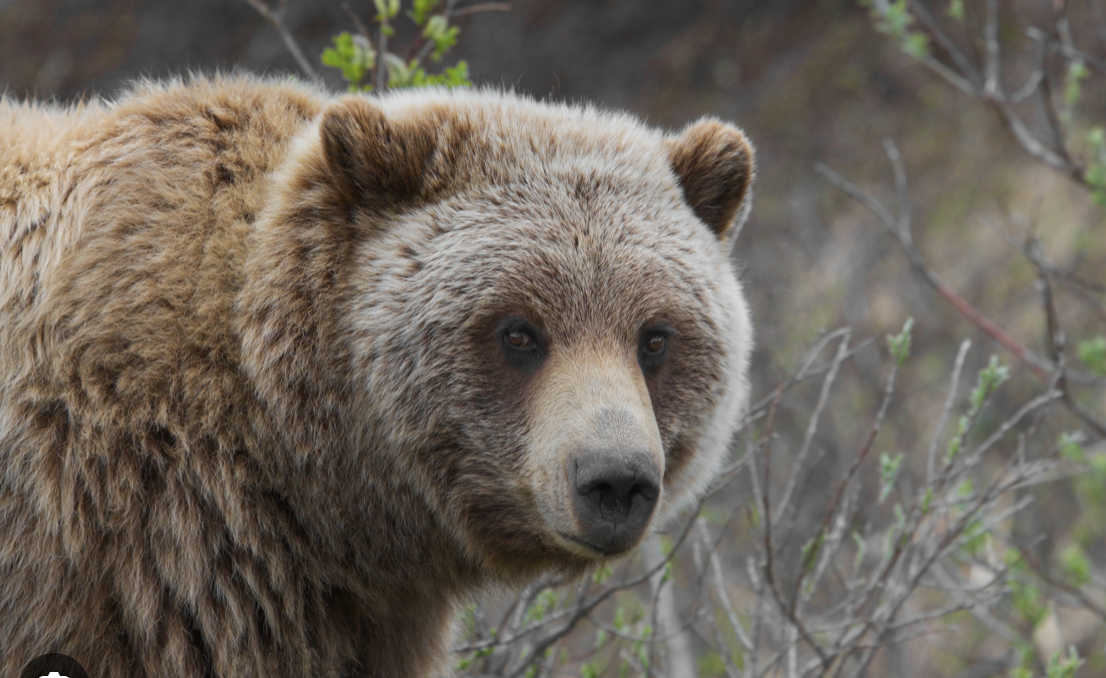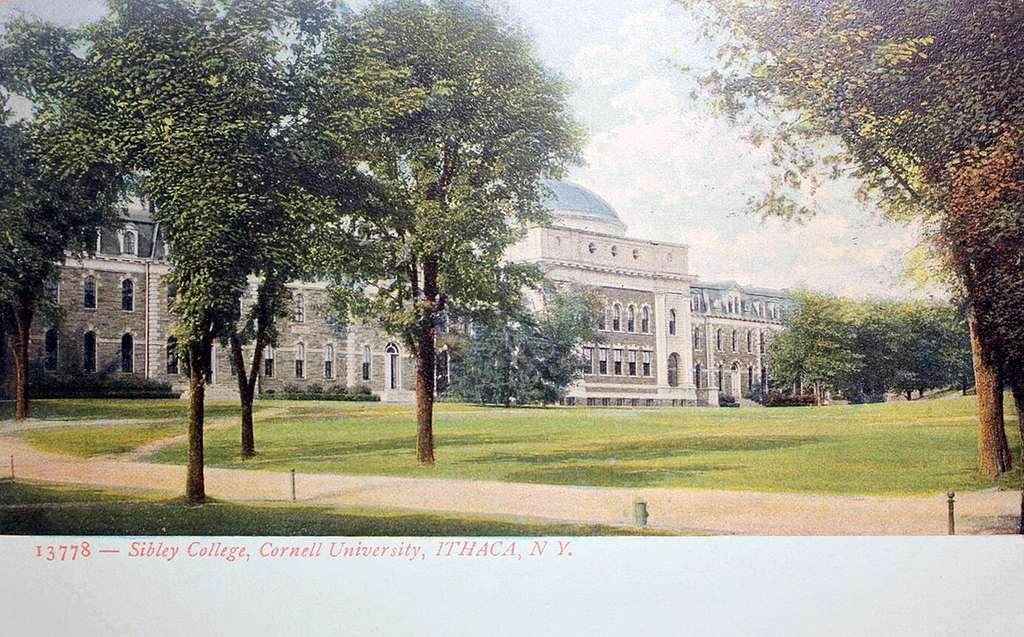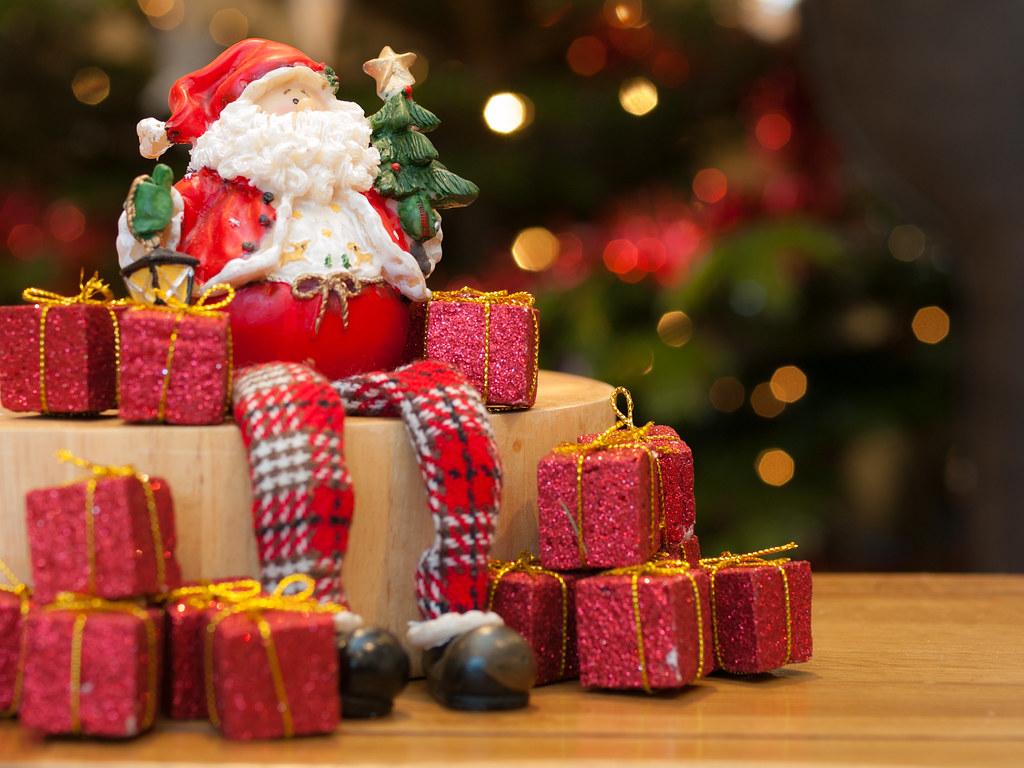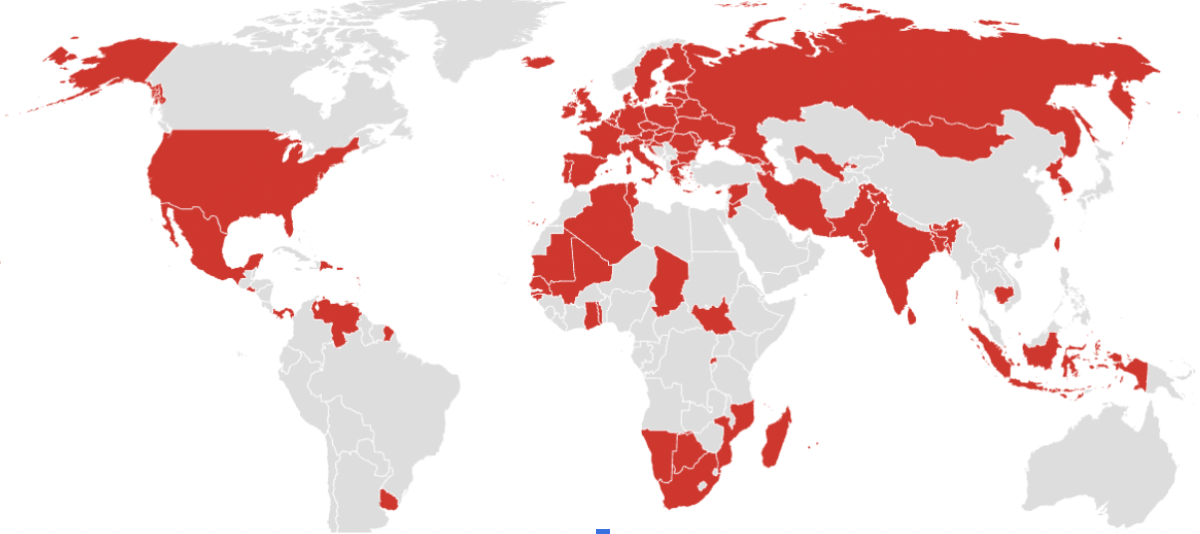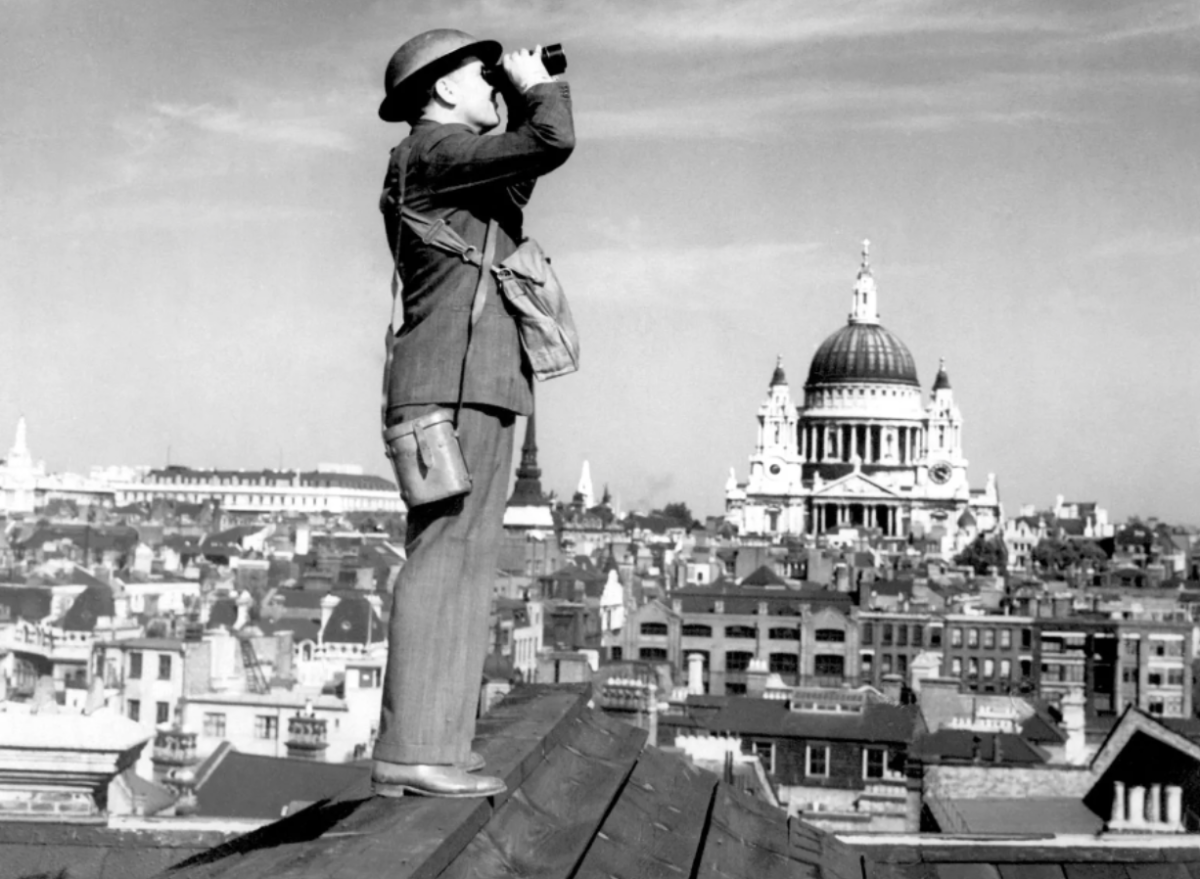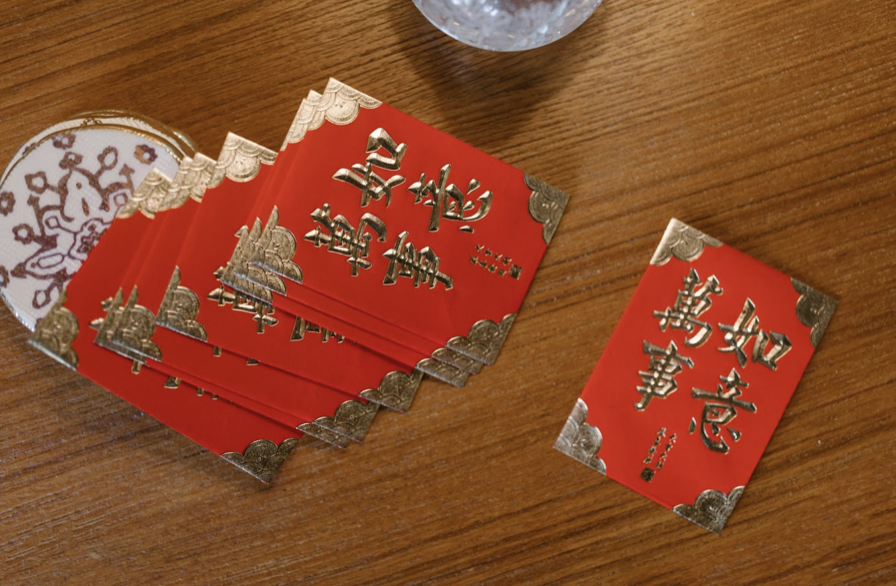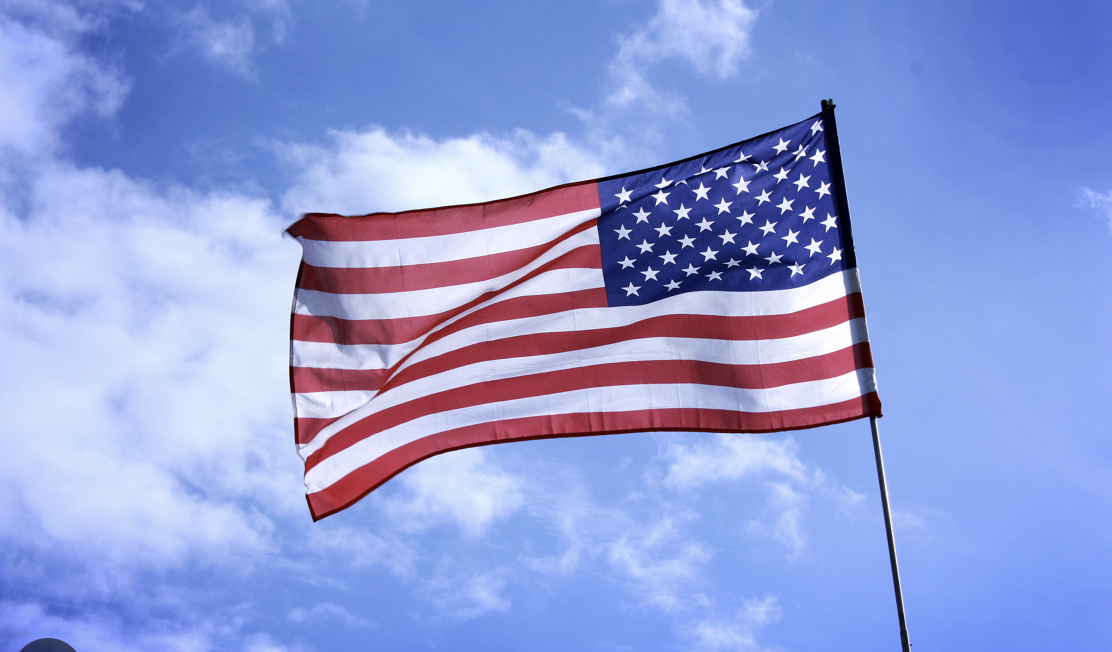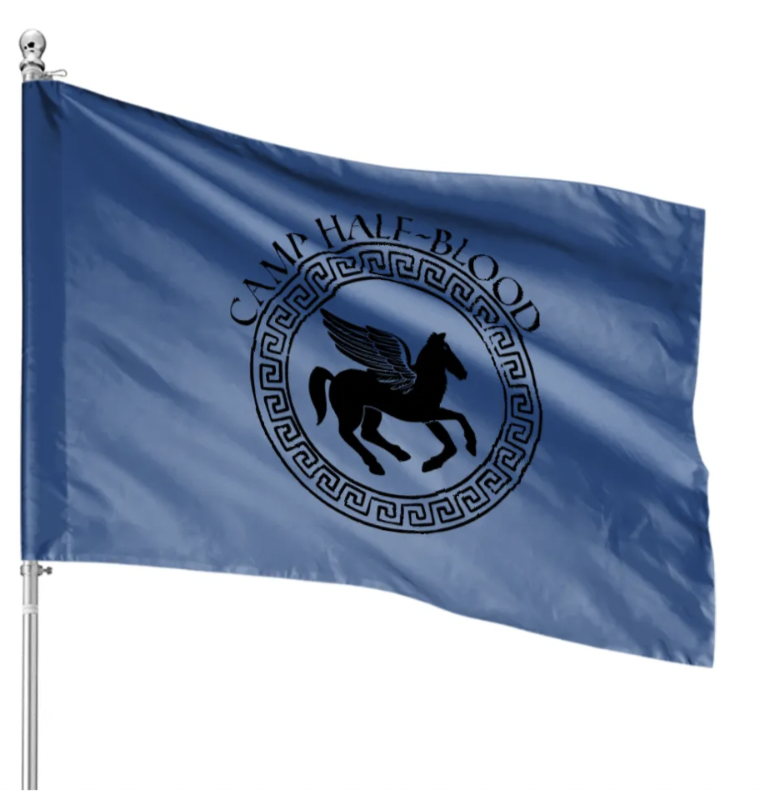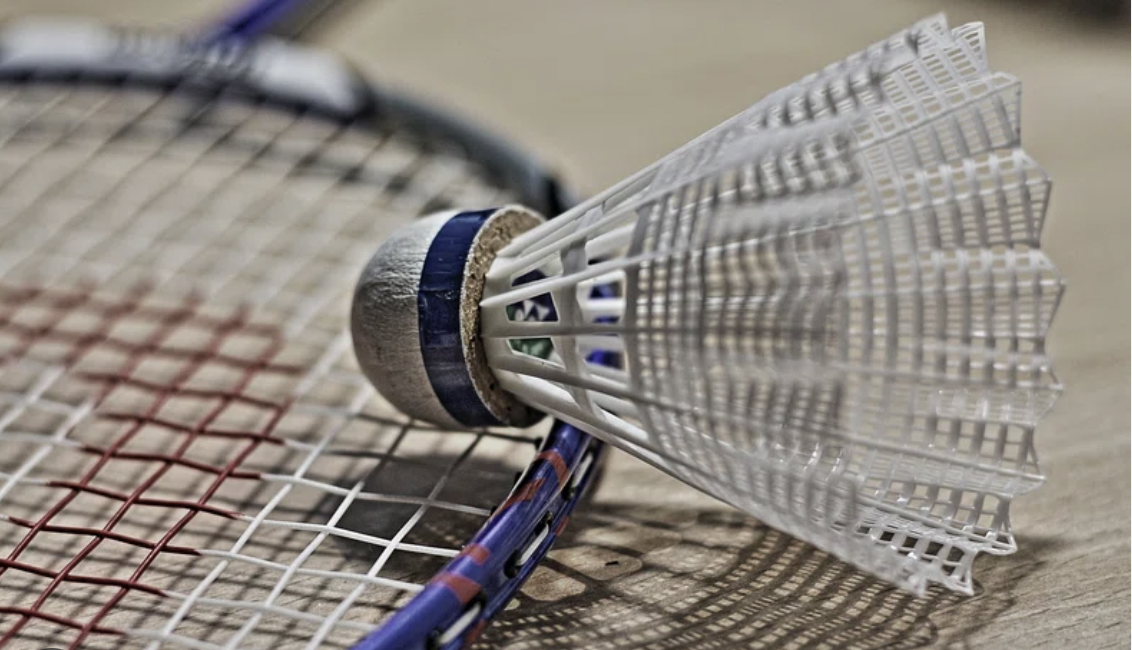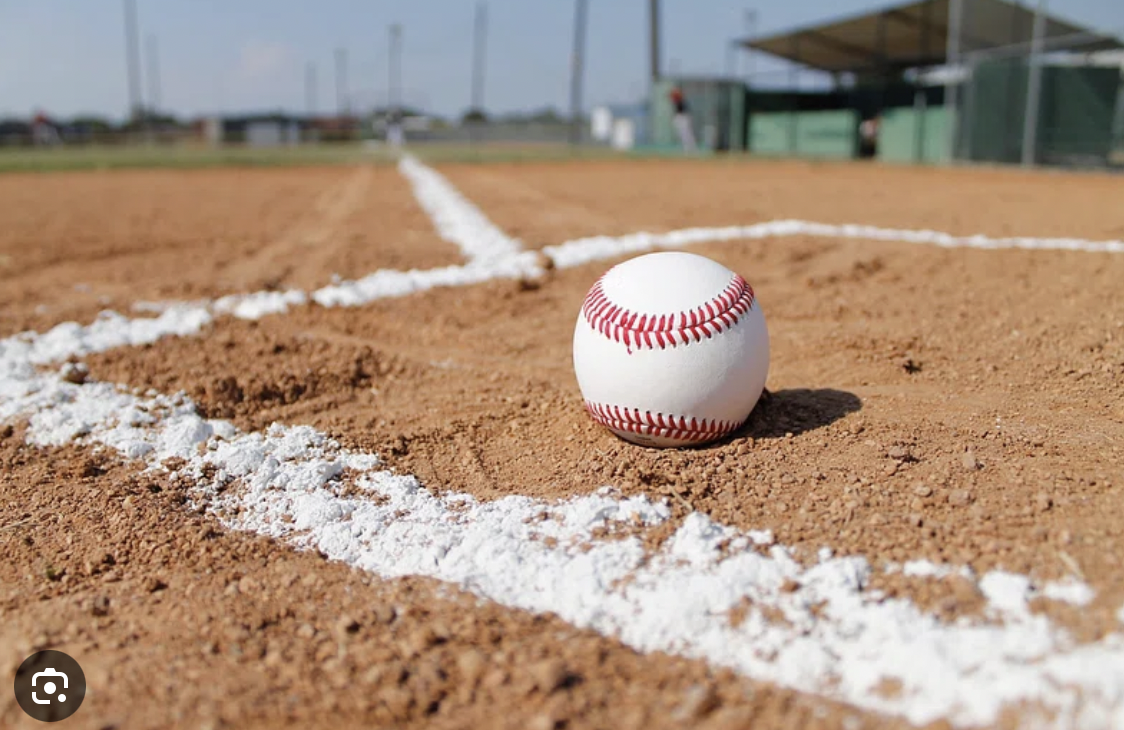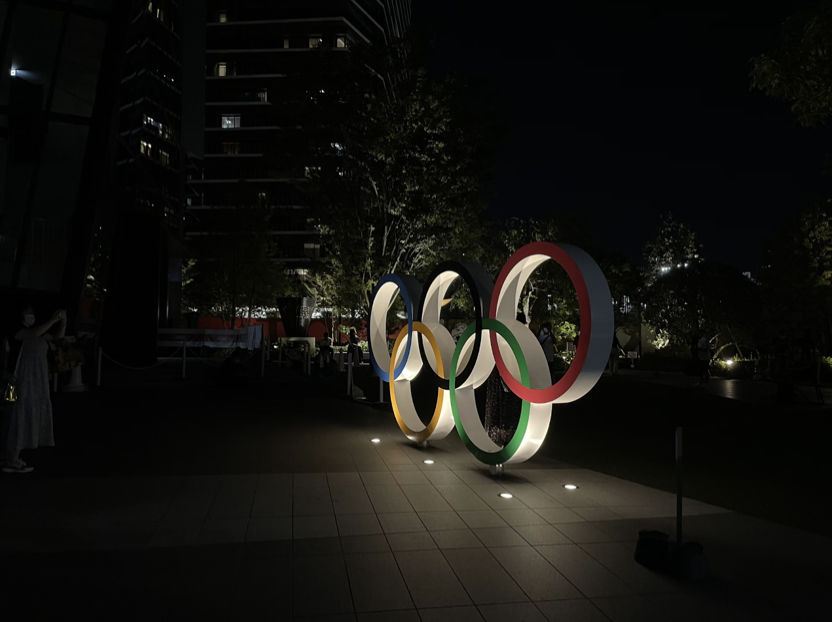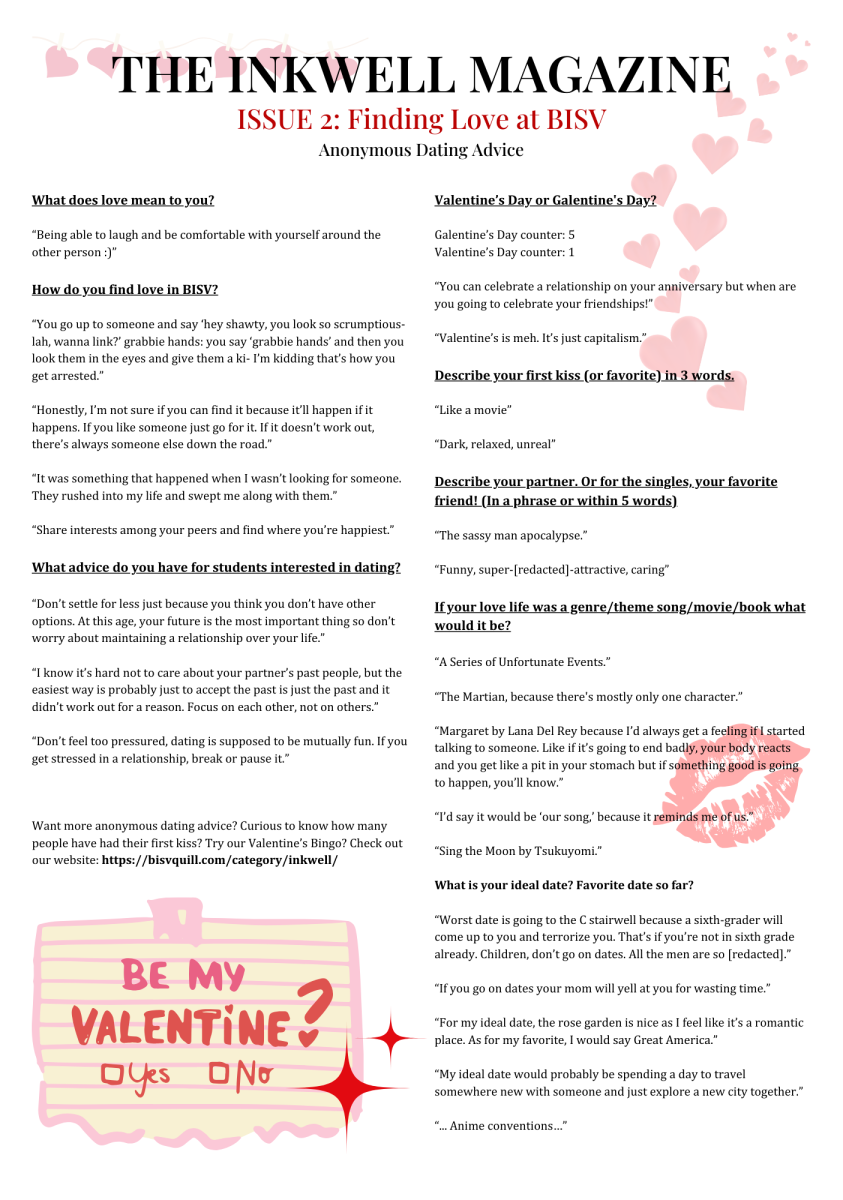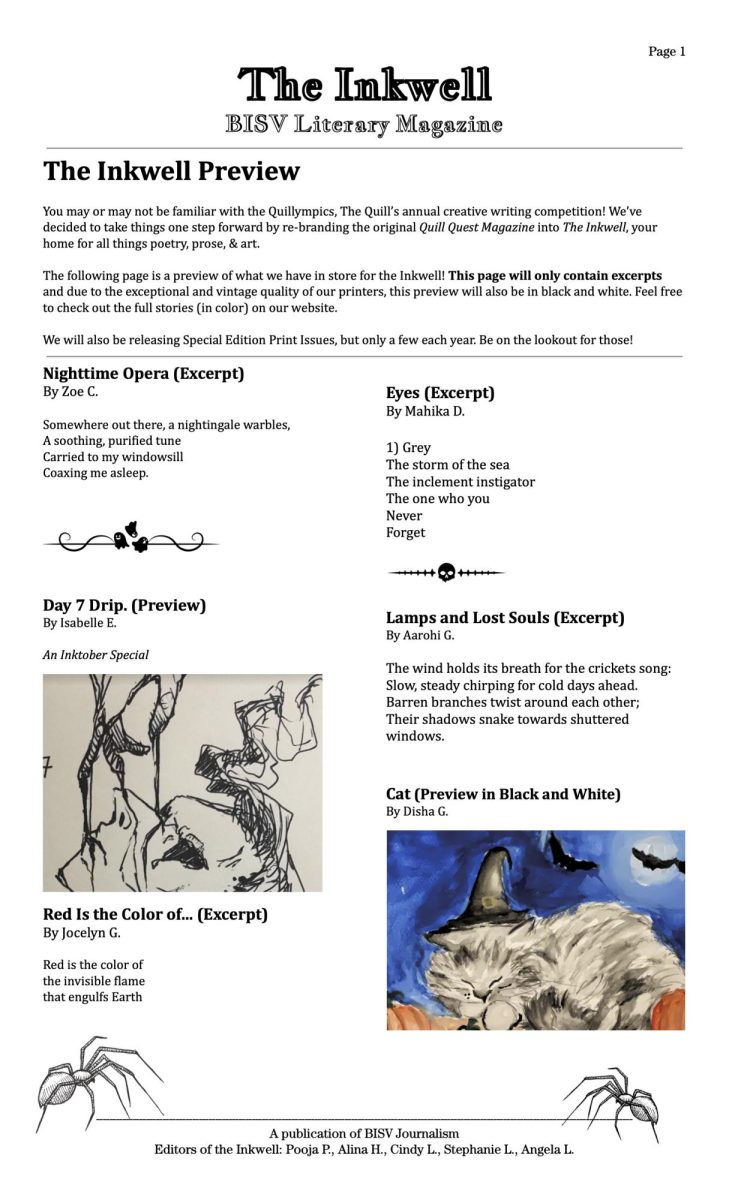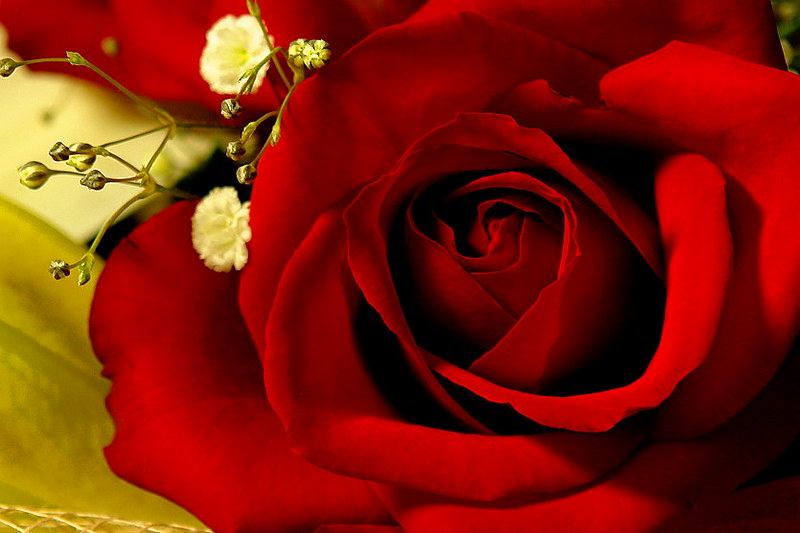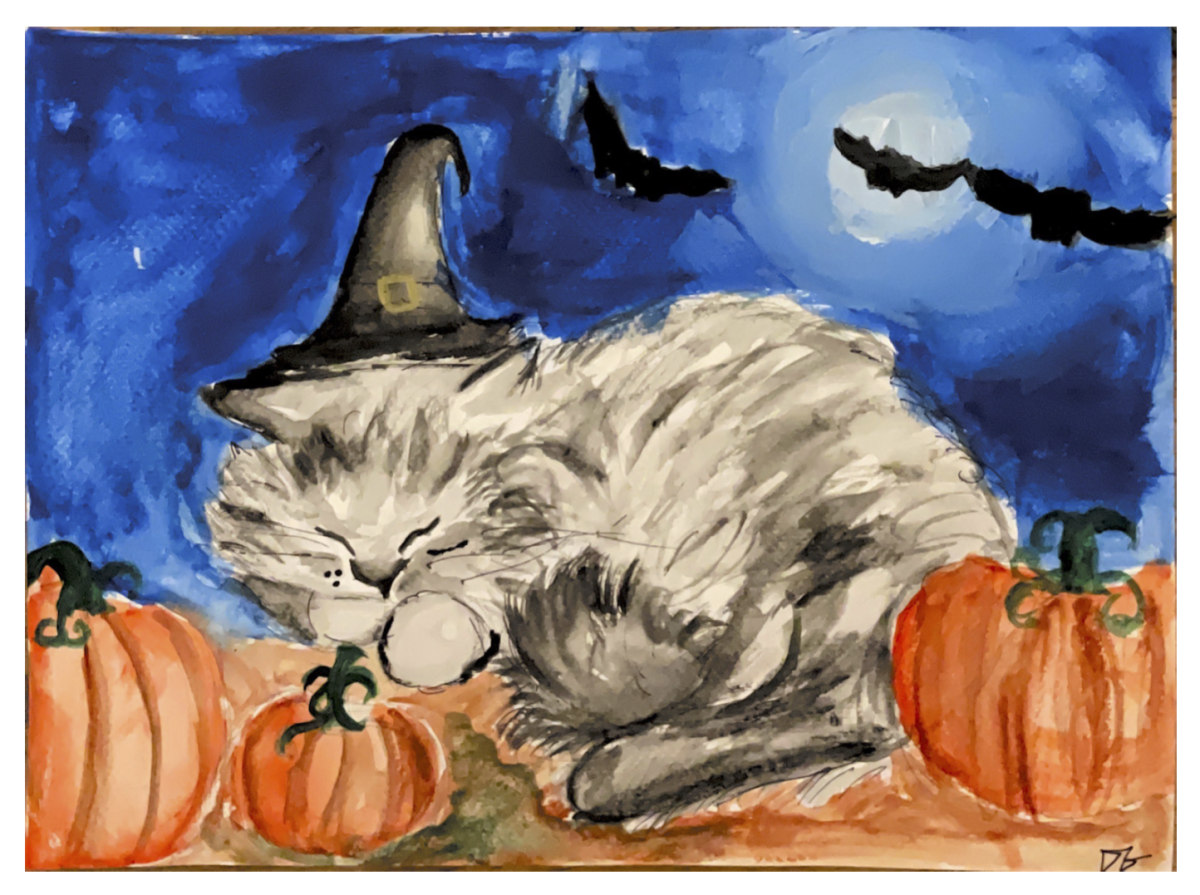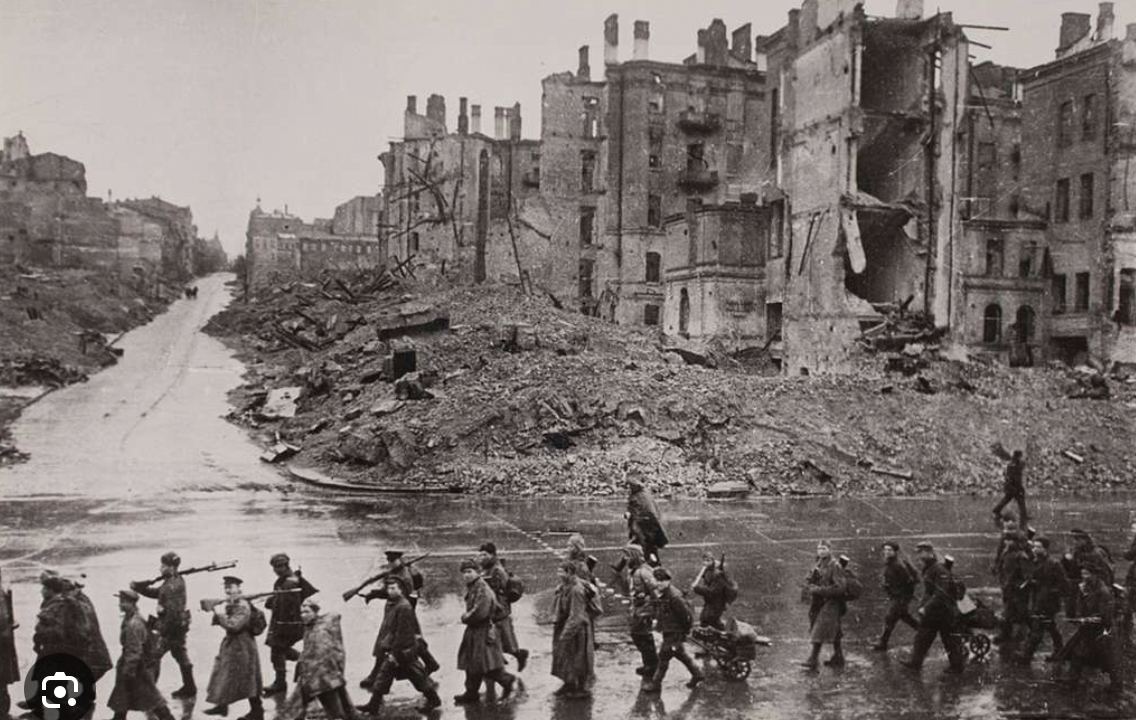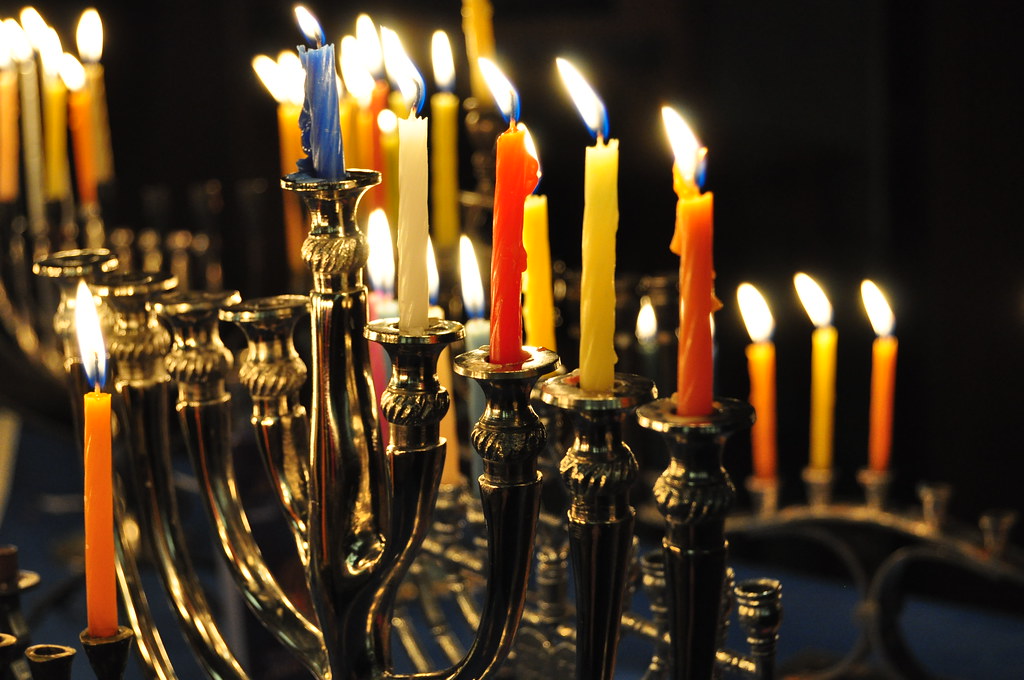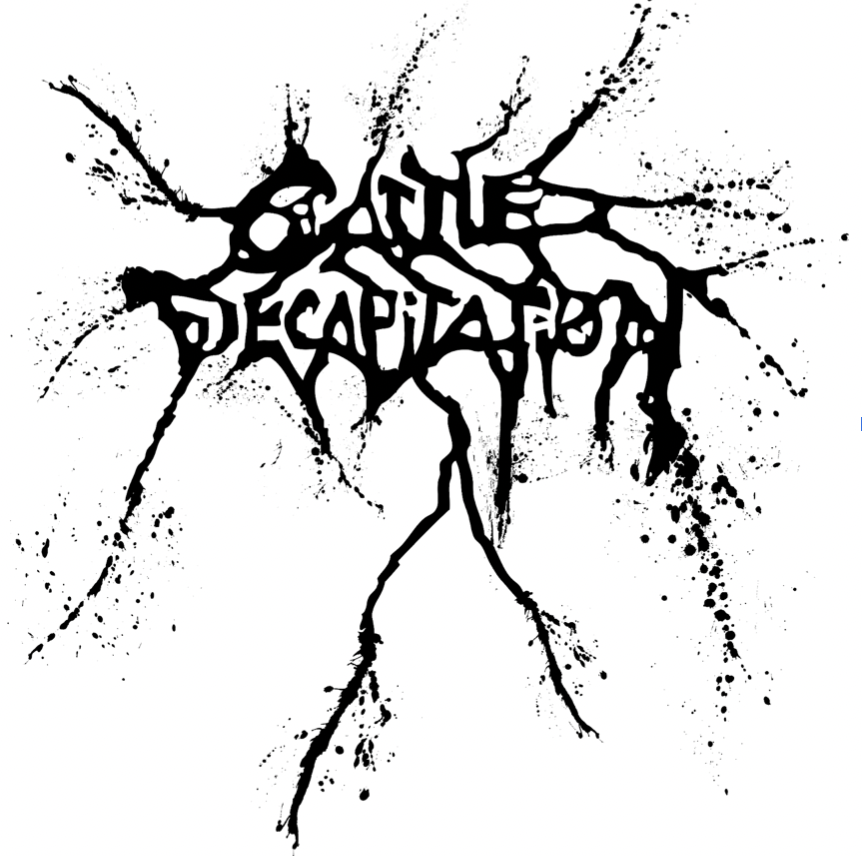Previously published Dec. 15, 2020
It’s time to talk about miracles and olive oil… ladies and gentlemen, it’s Hanukkah! Well, kids, lend me your ears (don’t worry, you’ll get them back), and I will tell you a story of the days long past.
The year is 167 B.C.E. Judea (modern-day Israel) is part of the Seleucid Empire of Syria. Judaism is forbidden, and the Second Temple is desecrated. During this time, an altar to Zeus is erected, and the sacred olive oil is replaced with unkosher pig fat.
This, understandably, does not sit well with the Jews, and Matityahu, a Jewish priest, and his five sons lead the Jewish people in revolt, pushing back the Syrian troops. One of the brothers, Yehuda, later became known as Yehuda HaMakabi (the Hammer). Perhaps you’ve heard of the Maccabees?
The Jews begin restoring the Temple. The menorah, the candelabrum for seven candles, must be lit with pure olive oil, so the Jews search everywhere, looking for the sacred oil, and at last find a tiny jug that should not even last a day. Day One passes, the Jews hold their breath. Day Two passes and the menorah still burns. Day Three passes and the Jews are still holding in that breath. Day Four passes, and the Jews are forced to exhale because it’s quite unhealthy to hold one’s breath for so long. In all, the menorah burns for eight days, precisely the time needed to procure pure oil to continue lighting the menorah.
Hanukkah commemorates this miracle by lighting the hanukiah, or candelabrum, for nine candles; a new candle each night (eight nights total, for the eight days the oil lasted) in addition to the shamash, which is used to light all the other candles. We put the hanukiah in the window and share the light.
Foods fried in olive oil are eaten, such as levivot (latkes, or potato pancakes) and sufganiyot (jelly donuts), and the sevivon (dreidel, or four-sided top) is spun. Each side of the sevivon has a letter on it: nun (נ), gimmel (ג), hey (ה), and shin (ש) if the player is outside of Israel or pei (פ) if the player is in Israel. These letters stand for nes gadol haya sham (a great miracle happened there) or nes gadol haya po (a great miracle happened here) in Israel.
In the spirit of Hanukkah, whether you’re Jewish or not, let’s celebrate miracles and hope for one of our own — a miracle of healing.
Chag sameach! (Happy holiday) and Happy Hanukkah!
